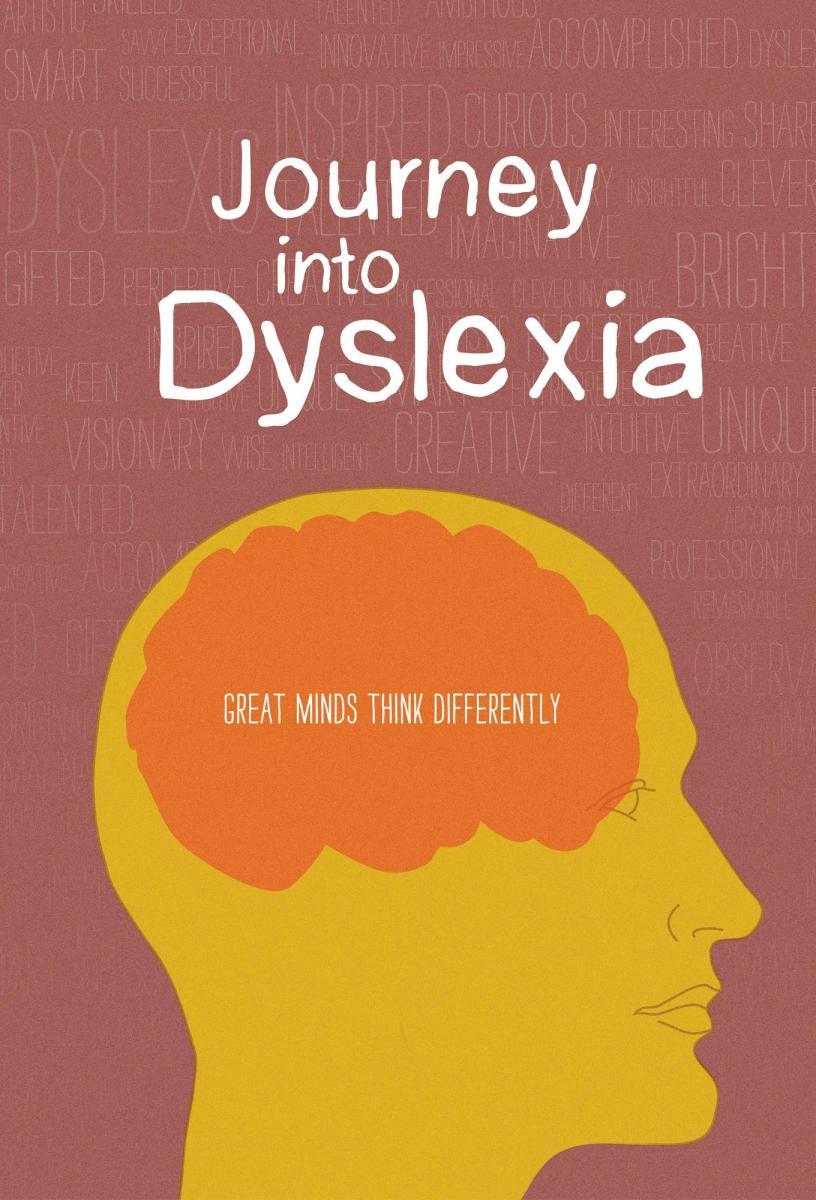Journey Into Dyslexia

Profiling accomplished dyslexic professionals and thriving students, along with compassionate educators and cutting-edge researchers exploring realities and myths of the most common learning disability. According to a 2010 Roper Poll, 80 percent of Americans associate dyslexia with mental retardation. But what are the realities of this most common of learning disabilities? Oscar®-winning filmmakers Alan and Susan Raymond (HBO’s “I Am a Promise: The Children of Stanton Elementary School”) examine the complexities of the dyslexic brain, showing how it is structured differently, and debunk myths and misperceptions about dyslexia in the HBO2 documentary JOURNEY INTO DYSLEXIA. Neurobiological in origin, dyslexia is a specific language-based learning disability that typically manifests itself through difficulty in reading, writing, spelling and math. It has nothing to do with intelligence, birth defects, mental illness, home environment, level of education or economic status. Dyslexia persists throughout one’s lifetime and is prevalent in every culture. In the U.S., it may affect as much as ten percent of the population. Surprisingly, however, JOURNEY INTO DYSLEXIA reveals that many adult professionals who once struggled to learn in school consider their dyslexia a unique gift and the defining reason for their success. Because of its hidden characteristics, dyslexia is often misunderstood and misidentified. To qualify for accommodations in school or the workplace, a person must be legally identified through psychological testing. Alan and Susan Raymond visited innovative programs where dyslexic students learn to read and develop compensatory skills at schools throughout the U.S. In talking with students from elementary grades to college, as well as teachers, researchers and thriving adults, the Raymonds reveal how dyslexia informs who they are and how they learn or teach, and explore the ways dyslexics develop different skills to navigate a world where standardization is the norm. MRI scans reveal that learning areas activated in the brain of a dyslexic are different from those of “typical” readers. Dr. Guinevere Eden, director of the Center for the Study of Learning at Georgetown University Medical Center, notes, “Brain imaging technology has helped us to understand that even though this is an invisible condition, it’s now become visible, because we can see it in the brain.” In JOURNEY INTO DYSLEXIA, adults revisit painful childhood memories of feeling different, being ostracized by peers, being ignored or even demeaned by educators and struggling to meet academic norms. Among the notable dyslexic adults who recount their struggles and triumphs in the film are: consumer advocate Erin Brockovich; Ben Foss, inventor of the Intel Reader; Steve Walker, New England Pellet founder and CEO; micro sculptor Willard Wigan; and Dr. Carol Greider, 2009 Nobel Laureate in Physiology and Medicine. They describe dyslexia as “a gift” and “a wonderful form of intelligence” that facilitated their success. A recent study revealed that as many as 35 percent of entrepreneurs may be dyslexic. Putting their unique differences into perspective is Dr. Carl Schramm, CEO of the Kauffman Foundation, whose mission is to advance entrepreneurship and improve the education of children and youth. He asks, “Are these people more visionary, can they see things differently? They come to the realization that society pronounces the number of skill sets that are necessary for success that they don’t seem to have. And they go out and build the environment in which they will impact. That’s sort of my working hypothesis to explain why all these entrepreneurs exist who have traits of dyslexia.” Still, JOURNEY INTO DYSLEXIA shows that the majority of dyslexic U.S. students are not getting the help they need. Maryanne Wolf, professor of Child Development at Tufts University and author of “Proust and the Squid,” states, “Some of our children with dyslexia are some of our most intellectually gifted humans. It’s a form of intelligence. It’s a form of brain organization that they have that leads them to be, oftentimes, our artists, our architects, our pattern recognizers in radiology and astronomy. But they often think outside the box of our conventional left hemisphere thinking. I love them. Our species would never be what it is without that form of brain organization.”